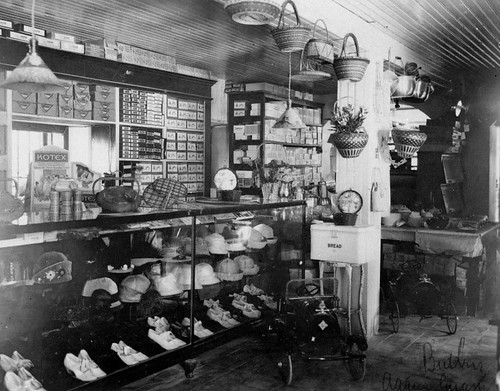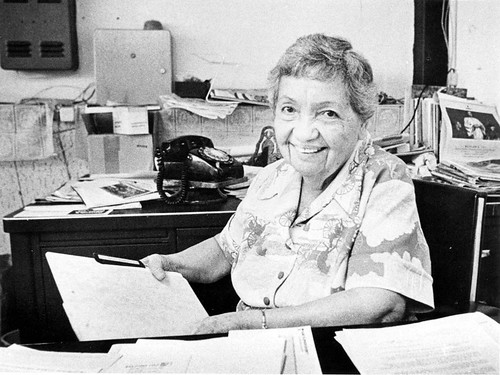Brought Coca-Cola to Guam
Chester Carl Butler (1884 – 1952) founded Butler’s Inc. in 1915, along with his wife Ignacia Bordallo Butler. It survives today as the oldest family business on Guam. Butler is best known for opening the first Coca-Cola franchise outside the continental United States. He also owned and operated the popular Butler’s Soda Fountain and Butler’s Emporium in Hagåtña. He and his wife, two of Guam’s earliest business pioneers, were inducted as laureates in the Guam Chamber of Commerce Hall of Fame in 1996.
Butler came to Guam as a sailor from Texas, purchasing a soda-making machine after getting out of the Navy and starting a carbonated soft-drink business in 1915. He manufactured and bottled fruit-flavored seltzer drinks, root beer and ginger ale which became very popular on Guam.
He then met Ignacia Pangelinan Bordallo when she was only 17 years old. A year later the two were married. They had five children: James, Beatrice (Sister Martha of Jesus and Mary), Clara Mae, Benjamin and Dorothy, known as “Dolly” (Sister Carmencita of the Infant Jesus).
Together the two entrepreneurs started Butler’s Incorporated and made it a success for many years.
The reputation for Butler’s great-tasting soda pop grew throughout the island, and the bottling company became a success. In 1923, Chester Butler traveled to Atlanta, Georgia and obtained a franchise for a new brand of cola drink known as Coca-Cola. The Coca-Cola Company was young and eager to introduce its product into new markets, and thus Butler was granted the first license to manufacture and sell the product outside the continental US.
The Coca-Cola franchise brought even more success to Butler’s, and they upgraded their original bottling plant and installed modern equipment, including Guam’s first automated conveyor assembly line. Within a few years, Butler’s became synonymous with the popular Coke brand.
In the early 1930s, they added to their growing business the Butler’s Merchandise Retail Store in Hagåtña, several warehouses, and the Gaiety Theater also in Hagåtña, one of only two movie theaters on Guam at the time.
In 1936 the couple opened Butler’s Emporium in Hagåtña, a dry goods store featuring major US franchises such as the popular picture weeklies Life, Post, Collier’s, Newsweek and Time magazines, General Electric, and Hamm’s Beer. Butler’s Soda Fountain, located inside the Emporium, was the most popular ice cream spot on Guam before World War II.
The Butlers also started Guam’s first commercial radio station, K6LG. It only operated a few hours a day, with their son, Benny, at the microphone. He entertained his small audiences with music and commentary and sometimes had his aunt, popular singer and pianist, Rosalia Pangelinan Lanford, perform live. The station didn’t last long as most people didn’t have radios.
POW in Japan
When World War II started in 1941, Chester Butler was one of the American citizens taken to Japan as a prisoner of war. He was interned in a prison camp in Japan. When he returned to Guam after the war his businesses were in ruins. The bottling plant, movie theater and Butler’s Emporium were completely destroyed during the American bombardment of Hagåtña in 1944, and the re-established American naval government took possession of most of his property in Hagåtña.
The Coca-Cola Company, by then a powerful corporation, also tried to take back its franchise from the Butlers, but Chester Butler filed a suit against the company and won the settlement out of court. He retained the franchise but didn’t regain his businesses. His health had also been failing since his long internment in Japan and he died on 14 February 1952.
Chester Butler was active in the community during his time on Guam. In 1924, he organized and was a founding member of the Guam Chamber of Commerce. He was also a charter member of the Elks Club and the Charter President of the Rotary Club of Tumon in 1939.
For further reading
I Manfåyi: Who’s Who in Chamorro History. Vol. 1. The Hale’-ta Series. Hagåtña: Political Status Education and Coordinating Commission, 1995.





